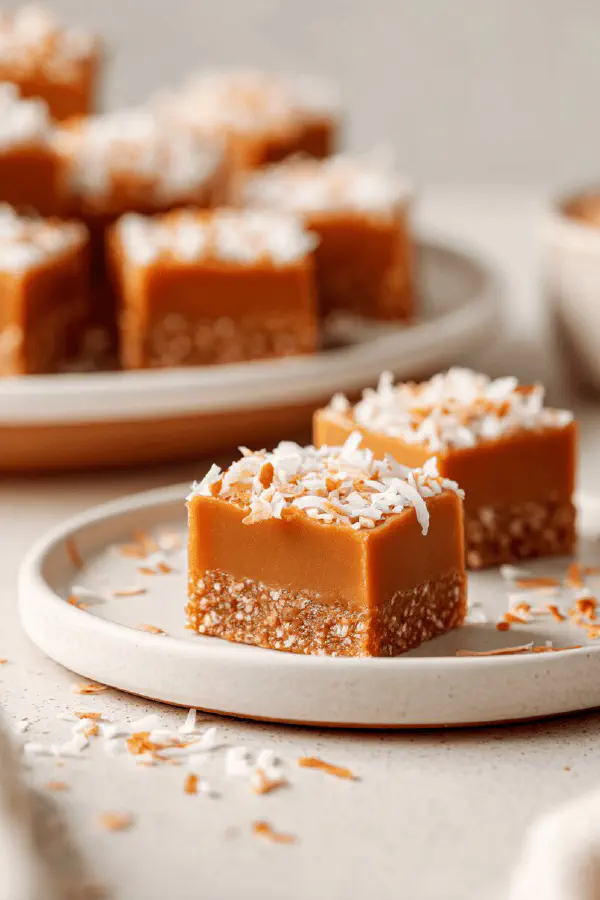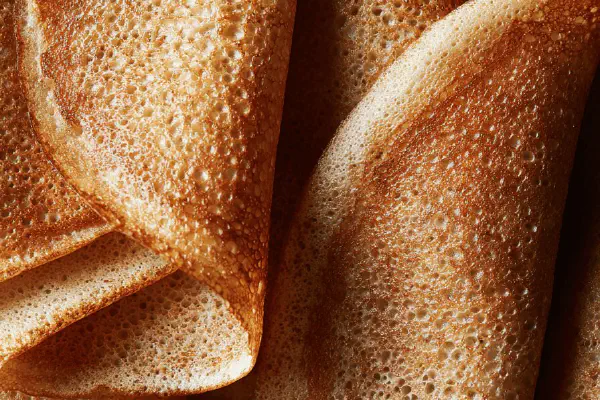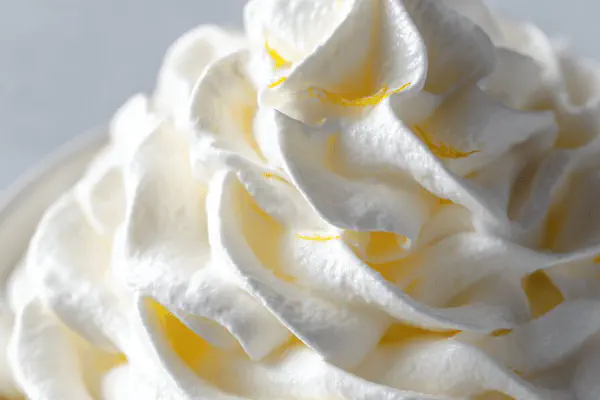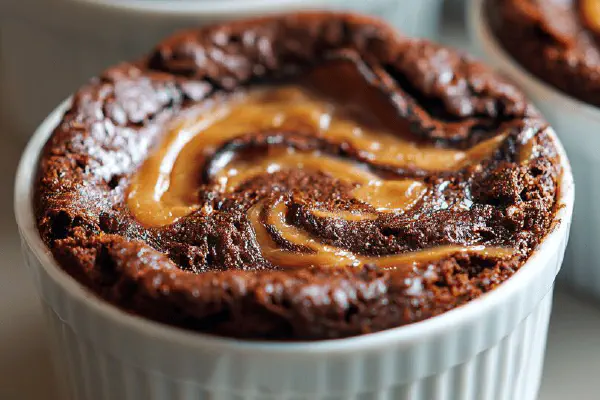Featured Recipe
Dairy-Free Maple Cream Candy

By Kate
"
A classic creamy sweet treat transformed with no dairy or nuts. Made with oat creamer and coconut sugar, simmered to precise temperature, whipped for texture. Subtle toasted coconut adds slight crunch, while mashed cooked sweet potato replaces traditional sugars partially for moisture and natural sweetness. Avoid stirring during cooking; watch for delicate bubbling and color deepening. Cooled gently before beating brings the right grainy but tender finish. Chilled or room temp sets firm yet chewy. Ideal for those needing vegan and allergen-conscious options without sacrificing texture or integrity.
"
Prep:
12 min
Cook:
15 min
Total:
42 min
Serves:
45 squares
vegan
candy
dessert
maple
dairy-free
Introduction
Cream candy sans dairy or nuts. Switched to oat cream over soya for gentler palate and less risk of protein separation. Brown and coconut sugars mingle, maple syrup keeps sticky chew alongside mashed sweet potato for subtle moisture boost—natural sugars slow crystallization. No stirring when boiling; bubbles and shifting edges tell the tale. Watch that thermometer but listen too: soft crackling, color deepening softly, aroma shifting to warm caramel wafts. Cool well. Beat until mix turns opaque, a bit thick. Toasted coconut optional but throws welcome unpredictability in texture. Set in parchment, firm or soft depends on chill or not. Cut sharp. Simple tweaks, strong results.
Ingredients
About the ingredients
Oat cooking cream chosen to avoid soya and nut allergens; its neutral flavor blends well without curdling during high heat. Mashed sweet potato replaces some sugar to control stickiness and adds natural sweetness with fiber—helps soften the texture and slow crystallization. Toasted shredded coconut adds subtle crunch, but omit if avoiding nuts or seed allergy cross-reactivity. Coconut sugar swaps for some brown sugar for a deeper caramel undertone and lower glycemic impact. Maple syrup quantity adjusted to balance moisture and flavor intensity. Vanilla last-minute ensures aroma stays vibrant.
Method
Technique Tips
Preparing the pan with parchment overhang saves from scraping sticky mess. Avoid stirring during boil—not just recipe dogma; stirring leads to premature crystallization and gritty final texture. The bubbling edge color shift signals syrup concentration; rely on sight and thermometers together for accuracy. Cooling off heat is crucial—jumping into beating too hot ruins grain development. Whipping transitions the sugary stage toward creaminess without full gelatinizing; tough to eyeball but mixture thickens, lightens, looks almost sandy but soft. Folding in toasted coconut here prevents sinking or moisture absorption during boiling. Cooling times flexible—fridge speeds firming but watch condensation forming. Cutting with a warmed knife gives clean squares. Store airtight or candy loses texture.
Chef's Notes
- 💡 Watch the bubbling carefully—golden amber edges mean syrup concentratin'. Don’t stir or else sugary fate turns gritty. Heat control critical here. Use a deep saucepan, prevents overflow.
- 💡 Cooling post-boil? Key part. Don’t rush into mixing. Let sit—edges settle, and temp drops gently. Whipping too hot ruins soft chewy texture. Beat until color shifts to lighter hue.
- 💡 Ditch sugar? Mashed banana, or apple sauce works, but adjust sweetness. Keep an eye. Too much moisture might change consistency. Sweet potato lowers stickiness.
- 💡 Fold in toasted coconut gently. Sinking is no good. Maintain texture mix—too rough? Could get gritty. Want crunch? Toast around golden brown. Smell the warm aroma.
- 💡 Cutting method matters—use hot knife cleans edges. Otherwise sticky mess! Sharp edge vital for neat squares. Storage? Airtight containers keep texture intact.
Kitchen Wisdom
Can I use something else instead of oat cream?
Yes, coconut cream works too. But be careful. Texture alters. Not too thick or thin. Respect ratios.
What if the candy doesn't set properly?
Maybe temperature was off. Try adjusting. Didn’t cool enough? Let it rest longer in the fridge next time.
How to store the candy for freshness?
Multiple options. Airtight container at room temp, or fridge keeps it for days. Too humid? Worry about stickiness.
Can I add flavors like cinnamon or nutmeg?
Sure, but try small amounts. Balance flavors. Too much could overpower those maple notes.



